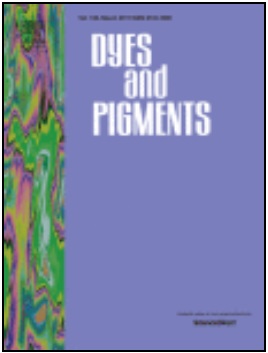Sulfanyl porphyrazine with isophthaloxyalkyl substituents was metallated with copper(II), cobalt(II) and iron(II) metal ions. New macrocycles were characterized using MS, UV–Vis and NMR spectroscopy. Compounds were carefully purified by column chromatography and their purity was analyzed by HPLC. According to the voltammetric analysis data, the copper(II), cobalt(II) and iron(II) sulfanyl porphyrazine complexes exhibited good electrochemical reversibility. Well-defined metal ion centered redox processes were observed for cobalt(II) and iron(II) derivatives. These compounds were considered as the electrocatalytically active complexes and immobilized by π-π stacking forces within the matrix of electrochemically reduced graphene oxide. The porphyrazine-graphene hybrids revealed stronger electrocatalytic performance than their separately analyzed counterparts. The electrocatalytic properties of the investigated materials were attributed to the contributions from both the reduced graphene oxide conducting matrix, and the faradaic reactions provided by porphyrazine metal complex immobilized on the electrodes. In the presence of 1 mM of l-cysteine or hydrogen peroxide, the electrocatalytic oxidation coupled with higher catalytic current with reduced overpotential, was observed at the glassy carbon/reduced graphene oxide modified electrode. It was found that the glassy carbon/reduced graphene oxide/porphyrazine electrodes can assay l-cysteine in the linear range between 1.0 and 660 μM (LOD of 0.79 μM) and hydrogen peroxide in the linear range between 4.5 and 460 μM (LOD of 4.0 μM). The formation of the metalled porphyrazine/reduced graphene oxide hybrid is a valuable strategy in obtaining synergetic effects between the redox active macrocyclic complex and a highly conducting carbon support which has potential value for the development of advanced electrodes for electrocatalytic applications.

